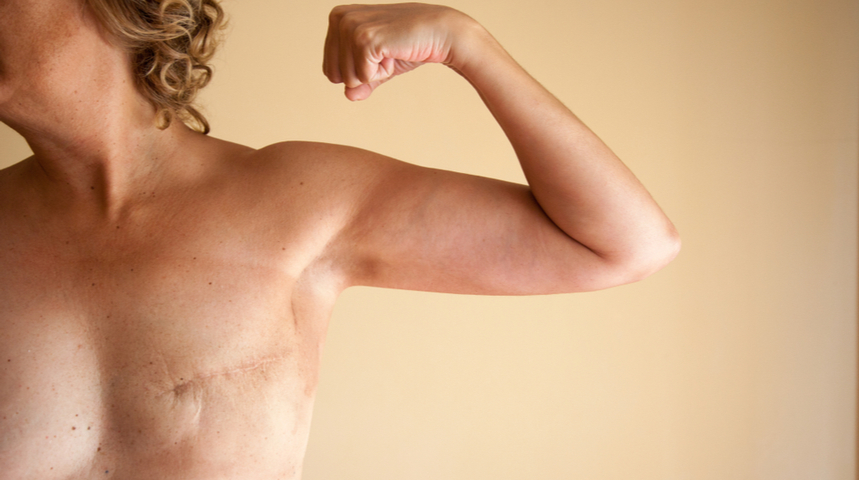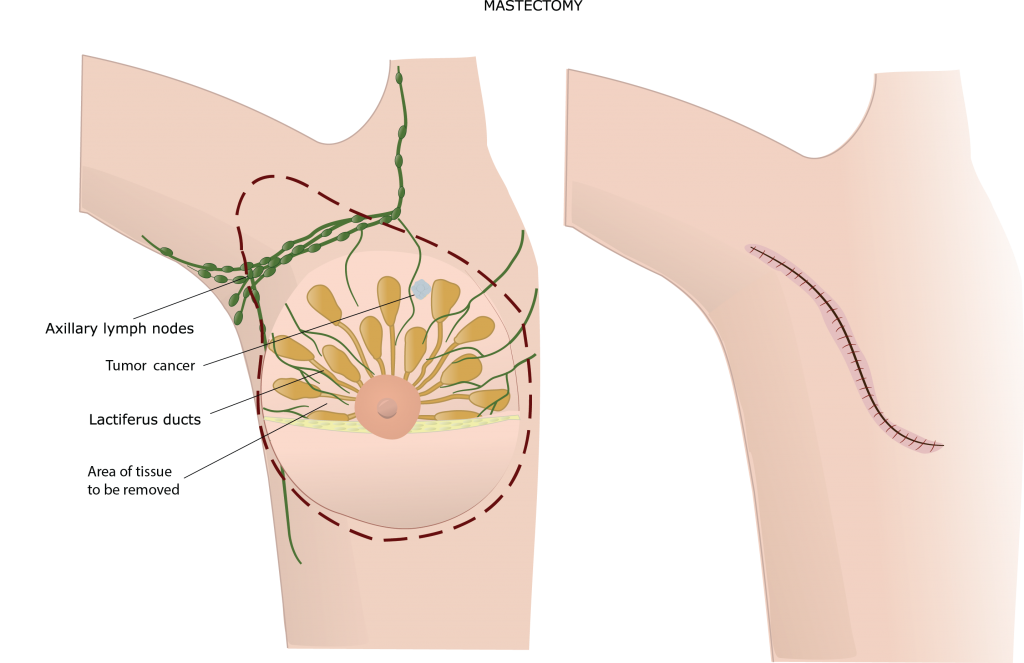
Everything You Need to Know About Mastectomy
Breast cancer remains the leading type of cancer among women all over the world. As a result of the number of patients diagnosed with the condition every year, procedures like mastectomy or breast removal surgery are becoming a standard option for treatment.
Mastectomy is the removal of breast tissue and nearby tissues to treat breast cancer. It is also an option to prevent cancer cells from spreading to surrounding tissues around the breast. Even if this type of operation focuses on the breasts, for some types and progression of breast cancer, lymph nodes or the chest muscle beneath the breast may also be removed.
In the past, the only type of mastectomy practiced as a treatment for cancer is radical mastectomy. It is the complete removal of the breast, lymph nodes in the underarm, and some chest muscles under the breasts. Through the years, several medical advancements have helped in developing new mastectomy techniques for the patient to choose from, depending on their condition.

Types of Mastectomy
● Simple or Total Mastectomy
A simple or total mastectomy removes the breast tissues only and not the lymph nodes in the underarm area and muscles from beneath the breast. Some lymph nodes are located within the breast tissue, so they may also be removed if they are part of the tissue affected with cancer. It is a recommended operation for patients who have ductal carcinoma in situ (DCIS) in multiple or large areas in the breast. It can also be done to prevent any possibility of breast cancer reoccurring.
● Modified Radical Mastectomy
A modified radical mastectomy removes both breast tissues and lymph nodes, but not the muscles underneath the breast. This technique eliminates the Level I (below the lower edge of the pectoralis minor muscle) and II (underneath the pectoralis minor muscle), specifically. It is a suitable option for those who have invasive breast cancer, as it is done to examine the lymph node to identify if cancer cells have spread beyond the breast.
● Radical Mastectomy
The most extensive type of mastectomy is radical mastectomy. As mentioned earlier, this procedure removes the breast tissues, lymph nodes, and chest wall muscles under the breast. The Level I (below the lower edge of the pectoralis minor muscle), II (underneath the pectoralis minor muscle), and III (above the pectoralis minor muscle) underarm lymph nodes are removed during the surgery. It isn’t done as often, though it is recommended if cancer has spread to chest muscles under the breast.
● Partial Mastectomy
A partial mastectomy removes the cancerous part of the breast tissue and some healthy tissue around it. Lumpectomy (breast-conserving surgery) is a type of partial mastectomy. However, partial mastectomy removes more tissues than a lumpectomy.
● Nipple-Sparing Mastectomy
As the name suggests, nipple-sparing mastectomy removes all breast tissue, except for the nipple.
Preparation for Mastectomy
Once you are diagnosed, your doctor will give specific instructions about the restrictions you need to follow to prepare your body for the surgery. Make sure to do the following to help prevent any complications as much as possible:
- Inform the doctor about any medication, vitamins, or supplements you are taking that may interfere with the surgery.
- Stop taking aspirin or other blood-thinning medication, for at least a week before your surgery, to reduce the risk of excessive bleeding.
- The doctor will give you specific instructions about eating and drinking. Usually, they tell patients to not intake anything within 8 to 12 hours before the surgery.
- If ever you need to stay in the hospital after the surgery, prepare essentials such as clothes, slippers, toiletries, and anything that will keep you entertained during your stay.
Mastectomy Recovery
Again, your doctor will walk you through the recovery process. Follow the aftercare plan that the doctor gave you to ensure a healthy recovery. Here are some things you can expect after the surgery and some guidelines to make you comfortable during this period:
- Your body needs time to regain its energy and strength, so get plenty of rest for the first few weeks post-surgery.
- During the recovery period, you will feel pain and numbness. If you feel discomfort, take the medication as per the doctor’s instructions.
- During the recovery period, you will feel pain and numbness. If you feel discomfort, take the medication as per the doctor’s instructions.
- Try light arm exercises to prevent them from getting stiff. However, avoid doing strenuous activities until your body has not regained its strength, or your doctor has allowed you.
- Have someone by your side to help with meal prep, housework, rides to doctors’ appointments, and whatever else you are not capable of doing yet.
The doctor will ask you to come back after recovery for follow-up check-ups. You may also be asked to see different specialists after the surgery, like a radiation oncologist or a medical oncologist for further treatment of the operation, if needed.
There is still a hesitance among women to undergo a mastectomy because of the fear of losing their feminine figure. Though breast reconstruction can be done to bring back the shape of their breasts, so, if you are looking into undergoing reconstruction surgery after your mastectomy, you may consult this with your doctor as well.
